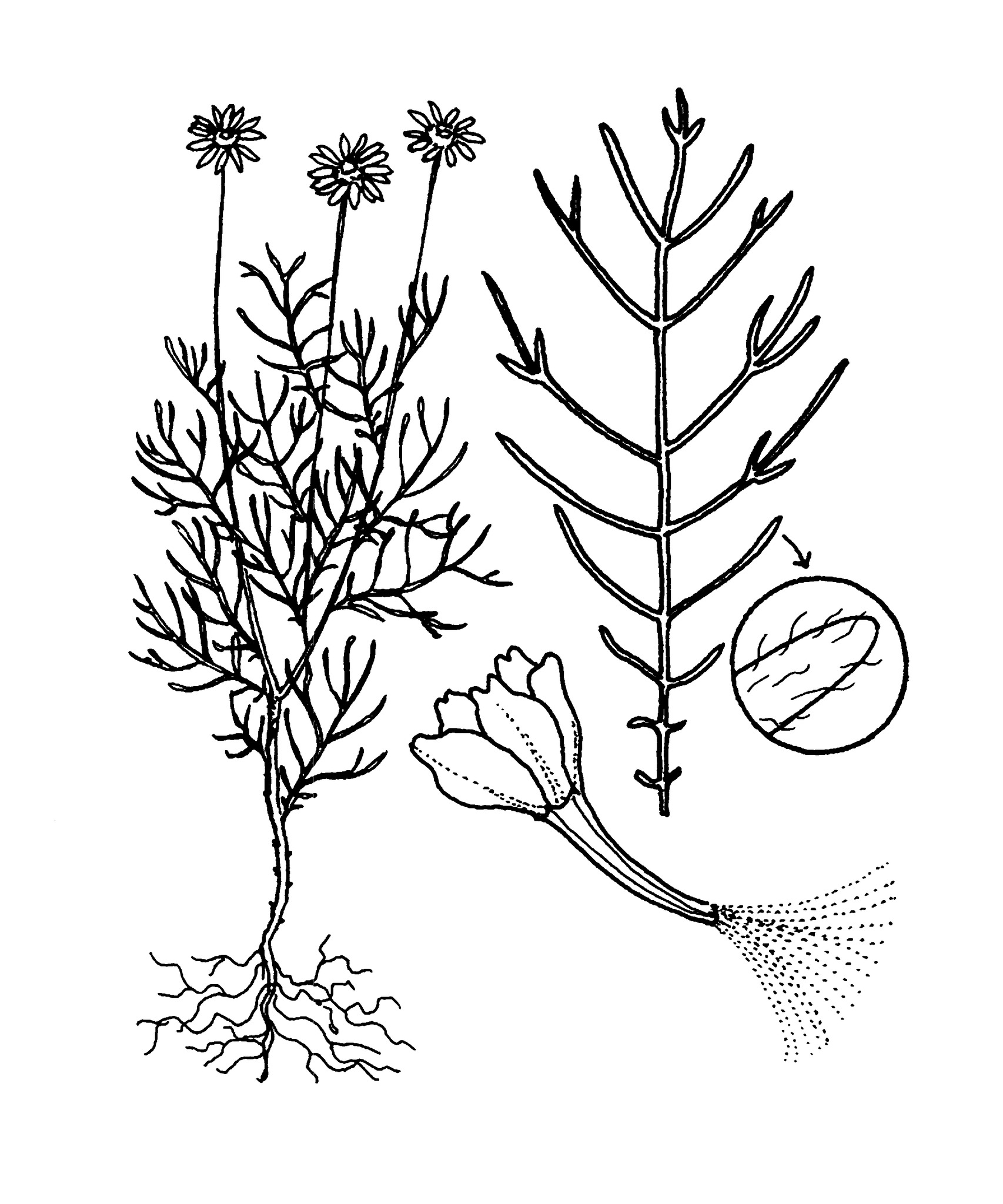
After Johannes Heinrich Ursinus (1608–67), a German botanical author.
Annual or perennial herbs or subshrubs, glabrous to hairy. Stems erect or procumbent, branched. Leaves along stems, alternate, margins entire, toothed, lobed or divided, glandular. Capitula radiate or diskoid, terminal, solitary or in open corymbs, with stalks. Involucral bracts in 3-7 rows, overlapping, unequal. Receptacle with scales, flat or convex. Ray florets sterile or sometimes female, usually ligulate, yellow, white or rarely red. Disk florets bisexual or functionally male, tubular, yellow or purple. Achenes cylindrical, straight or curved, 5-ribbed, glabrous or with a basal hair tuft. Pappus of 5 large scales, with or without a further 5 narrow, bristle-like inner scales, sometimes absent.
Three species have become naturalised in Australia.
Membranous receptacle bracts often surrounding florets; pappus usually of 5 large scales.
About 38 species from Africa.
Source: (2002). Dahlia. In: . Horticultural Flora of South-eastern Australia. Volume 4. Flowering plants. Dicotyledons. Part 3. The identification of garden and cultivated plants. University of New South Wales Press.
